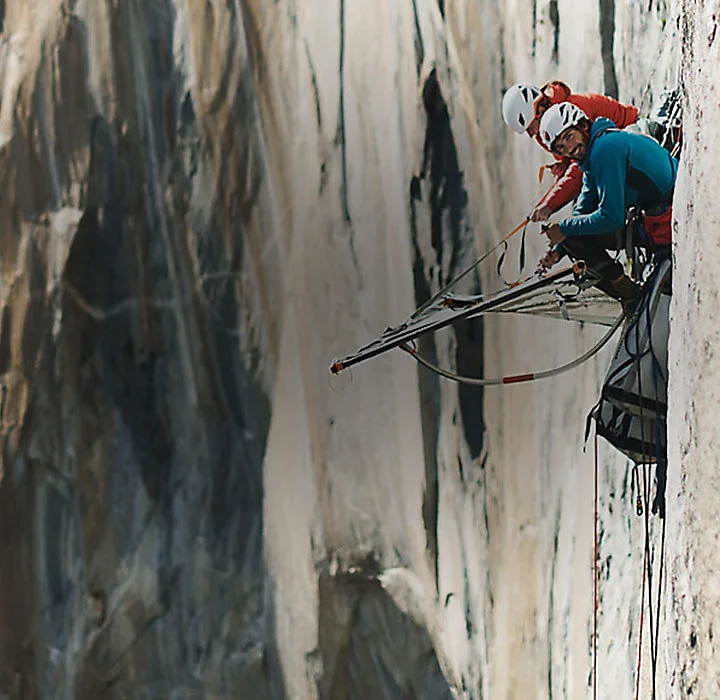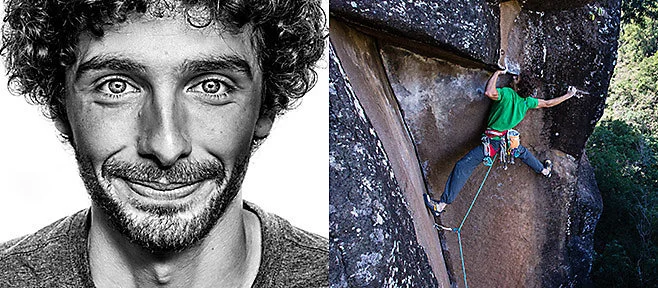el nıno
November 2016, written by Jacopo Larcher
Photos: François Lebeau
When you think about big wall climbing and huge granite walls, the first place that comes to mind is Yosemite National Park. It’s a mecca for all those who want to explore and practice the art of climbing. Since I started climbing, I’ve dreamed of visiting Yosemite and this year it finally happened. After the successful #CommonGround expedition to Siberia in July, I finally felt ready and motivated to make my first visit to the iconic valley.
Along with my girlfriend, Barbara Zangerl, we left Europe with the goal of climbing a route on El Capitan, a wall where decades of climbing history has been written. We spent our first week trying to escape the heat and the crowds of the valley, and doing some classic routes on shorter walls before focusing on our main goal of the trip: El Niño (5.13c/8a+ A0, 800m – 30 pitches).
We carried our heavy haul bags to the start of the route and tried the first five pitches. The rain from the previous days had washed away all traces of chalk from earlier attempts, so it took some time to figure out the best moves. The heat also made it a bit difficult to pull on the sharp crimps and to stand on the tiny footholds. It soon became clear that we would need to have an early start the next morning so we could get as much climbing done before the sun hit the wall.
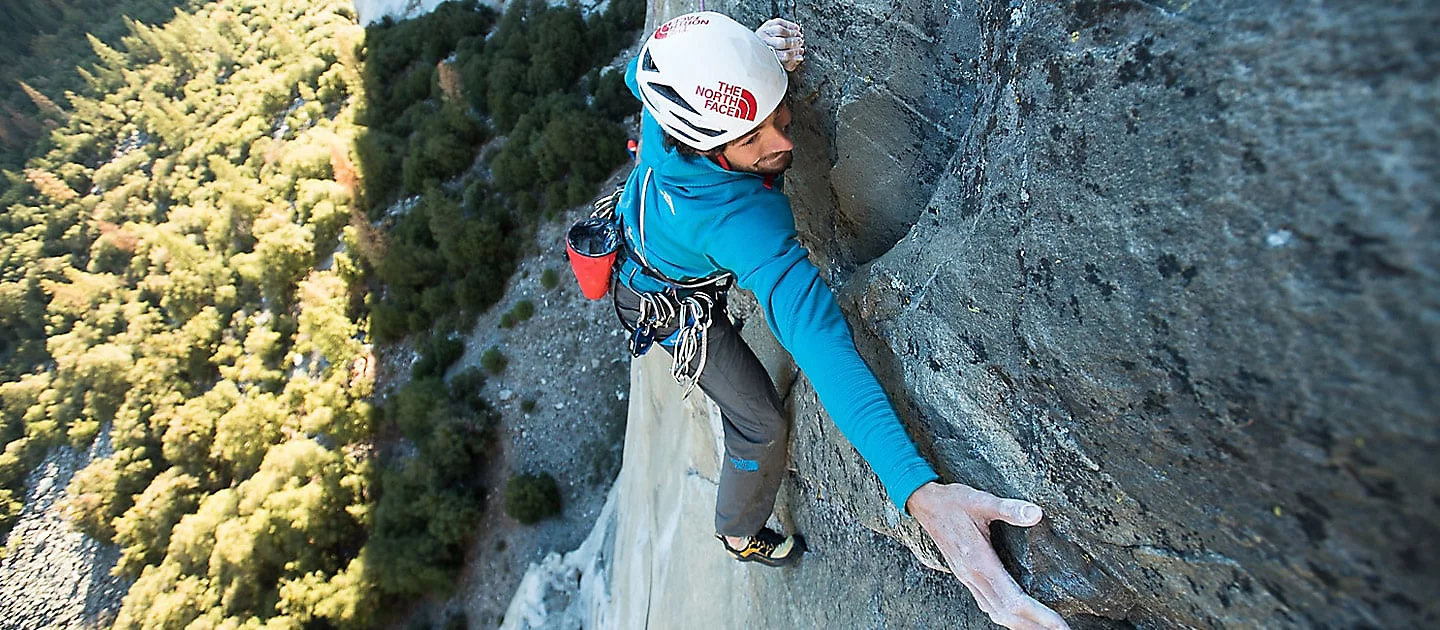
Once we were convinced we could send this part, we were ready to give the entire route a try. The plan was to free climb all the pitches with a swinging lead (swapping who leads and who belays) at every belay. We packed enough supplies for five days, thinking this would be enough for our planned ascent.
When that day came we started before sunrise, climbing the first hard pitches without falls. The climbing felt much easier in the morning shade, but the hauling was exhausting. I had never hauled such a heavy bag before and couldn’t really perfect the technique. That really slowed things down and we realized immediately that we were a little ambitious with our plans to finish the route in five days. We really hoped to have enough food.
After four days on the wall and lots of tough climbing and constant struggling with the heavy bags, we reached the second to last hard pitch, a big roof called The Black Cave. It was supposed to rain that night, so we decided to set up our portaledge there.
We woke up the next morning surrounded by clouds and the sound of pouring rain. The right side of the wall quickly became a waterfall, and we started to worry about the situation. We didn’t want to rappel down after all of our effort during the previous day so we spent the day chilling and eating the remaining food in our portaledge. Luckily when we woke up the next morning, the sun was bearing down once again: yes!
The rock dried pretty quickly and we wasted no time working through the roof above us. The wall above was steeper but the bags were lighter, which made the hauling process easier and faster. We decided to set up camp on a big natural ledge, just a few pitches before the last hard section. We were now really running out of food so our plan was to top out on the following day.
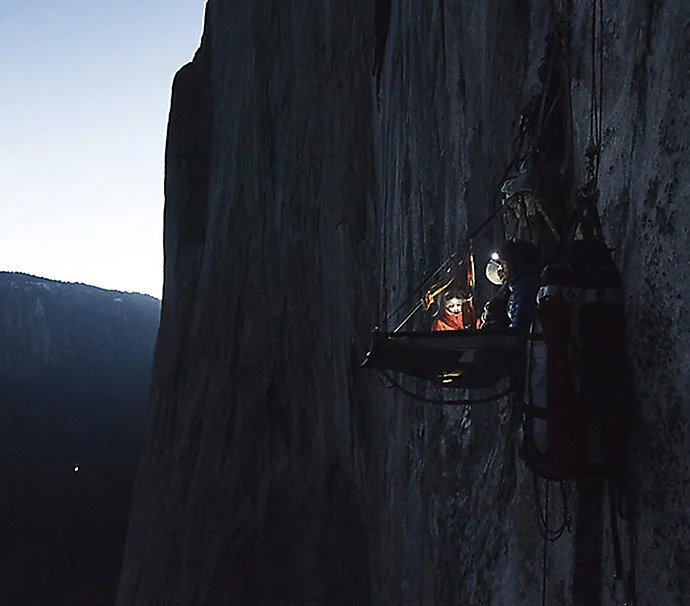
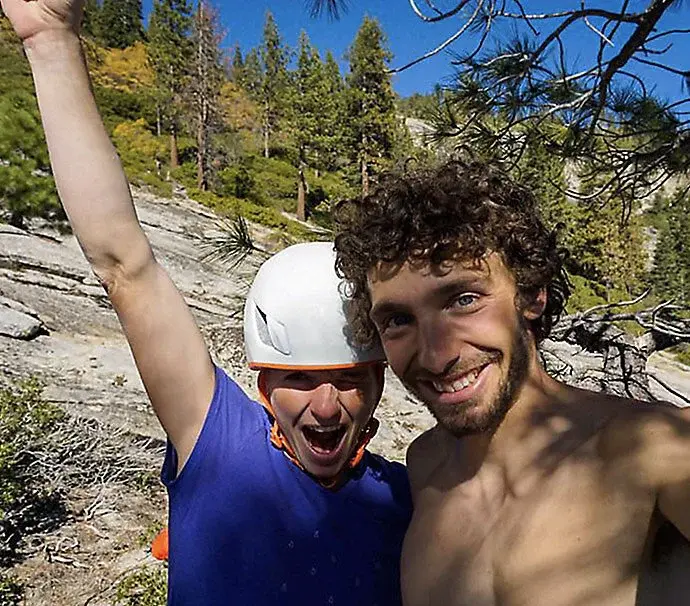
With our motivation as high as ever to complete our mission and finally get our first proper meal in almost a week, we made our way up to the last hard pitches with the greatest of speed, only to find that they were completely wet! The last 100 meters are supposed to be relatively easy compared to the rest of the route, but this final, soaking wet, section of rock was all that stood between us and success.
At the beginning it seemed impossible to pull or stand on the wet holds, but after many attempts, we figured out a better way through the moves. I sent the pitch on my second go, but Babsi had a really hard time with it, as my solution involved making a reachy move. We tried to dry out the holds with a T Shirt after each try, but the pitch didn’t seem to dry. After some hours of failure Babsi finally had a breakthrough and managed to make the move. What a huge relief! We really wanted to free climb every pitch and it would have been really hard to accept failure after having spent so many days on the wall.
We were still a little way from the top and although we knew that it wouldn’t have been a problem to climb the last pitches it was getting too late to carry on. We would have had to sleep at the top anyway, so we decided to camp one more night on the wall, planning to do the last pitches early in the morning.
We ate the little remaining food and set aside one ration of powdered soup for the next day. The growling of our stomachs woke us up the next morning and pushed us to take an early start.
Around noon we finally stood on the top and our dream to climb El Cap had been realised! We celebrated with a hot cup of soup before setting off on our hike down to the valley and the grocery store.
